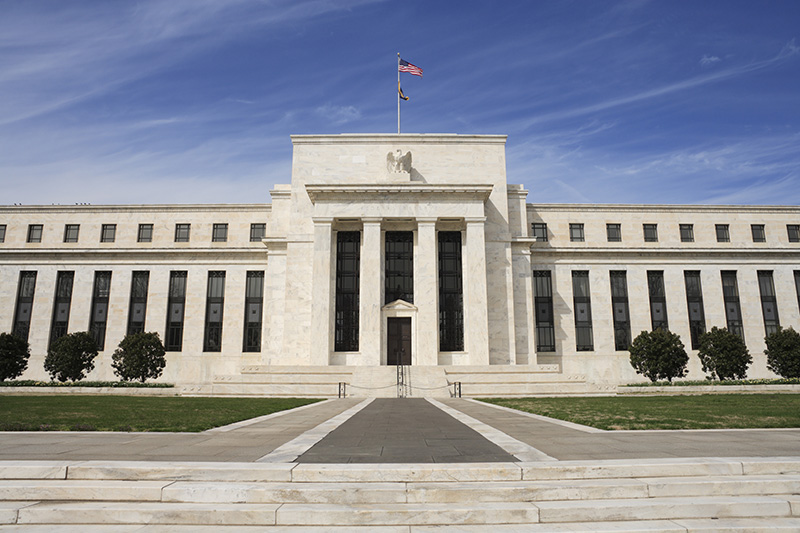(Bloomberg Opinion) -- On the heels of Friday's solid monthly jobs report, the Federal Reserve will almost certainly lift interest rates next week for the seventh time since December 2015, bringing them closer to a level that is considered neutral. Absent clear inflationary threats, however, policy makers have little reason to rush to tighten beyond neutral and risk a significant slowdown of economic activity. But gauging the correct level of the neutral rate is easier said than done, which means the Fed will likely turn off the autopilot toward the end of the year in favor of a more nuanced approach to rate hikes.
Current economic conditions provide policy makers plenty of reason to continue boosting their target for the federal funds rate from the current range of 1.50 percent to 1.75 percent. Notably, job growth remains sufficient to place downward pressure on the unemployment rate, currently at 3.8 percent and below what the Fed considers to be full employment. While the Fed knows its estimate might be wrong, it also recognizes that unemployment is at levels not seen since 2000, leaving some risk of overheating. The Fed does not want to be far from the neutral policy rate should that risk emerge.
Quiescent inflation, though, prevents the Fed from overplaying its hand with a rapid pace of rate hikes. Policy makers do not want to choke off the recovery without reason, and that reason cannot be found in inflation. Moreover, as the minutes of the May 2018 Federal Open Market Committee meeting make clear, the Fed would view some overshooting of the inflation target as consistent with its policy goals. In other words, officials will not overreact to stronger inflation numbers in coming months. Consequently, the stage is set for the Fed to continue with its policy of gradual tightening as it marches rates up to neutral.
Still, the Fed faces the same problem with the neutral policy rate as it does with the neutral unemployment rate: both are just estimates. Fed Chairman Jerome Powell arguably has a more challenging job than his predecessor, Janet Yellen. When policy rates were zero, central bankers knew they were far away from neutral. Hence, in the early part of the tightening cycle they could keep hiking rates and still maintain accommodative policy.
Central bankers’ estimates of the neutral rate range from 2.3 percent to 3.0 percent, which means that two more 25 basis-point rate hikes will put the target fed funds rate just about at the bottom end of the estimates. I expect the Fed to deliver those increases in June and September. Realistically, the September meeting is just a few months away, and the economy is unlikely to fade by then. The economy is still posting job growth numbers in excess of 200,000 a month despite fears that it will soon run out of workers. That’s telling us the economy has room to run. At this point, I think it would take an external shock like a significant eruption of the European financial crisis to put the Fed on the sidelines in September.
Beyond September, the game will become more complex. The Fed will no longer be in autopilot mode and won’t be willing to signal a clear path for policy, especially if inflation remains contained. I still think a December rate hike is more likely than not given the sustained economic momentum, but the question is whether the Fed pushes policy rates above neutral?
Federal Reserve Governor Lael Brainard made clear in a speech last week that above neutral rates are still on the table. Indeed, in the Fed’s forecast such tighter policy is necessary to edge up the unemployment rate and return the economy to a sustainable, non-inflationary path. But they also know that in practice that is hard to do without tripping the economy into recession. Hence, absent clear reason to fear overheating, the Fed will only haltingly push rates above neutral as they will want time to assess the impacts of their actions.
